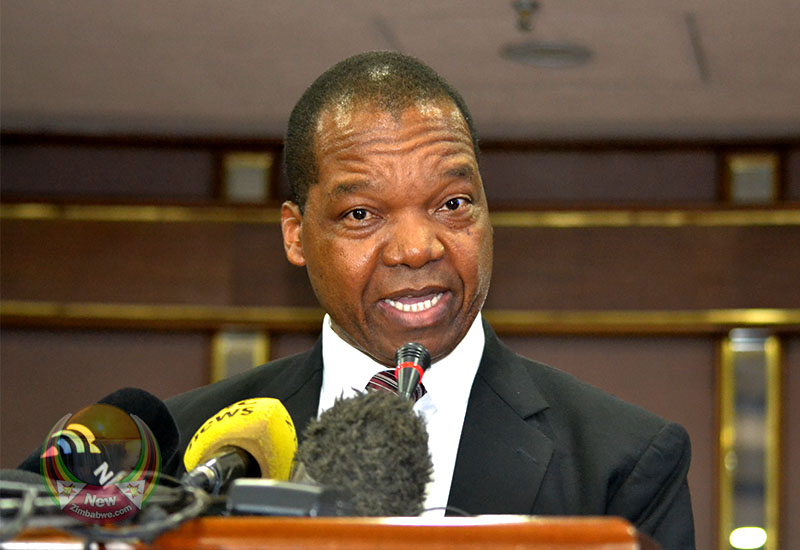ZIMBABWE’s import bill has increased by US$88 million while at the same time exports have plunged 6% that Reserve Bank of Zimbabwe (RBZ) has reported.
According to the Central Bank’s latest monthly economic review for the period ending April 2019, the country’s import bill continued on an upward trend.
“Merchandise imports amounted to US$417 million in April 2019, a 27% increase from US$329.0 in the previous month. Fuel imports continued to account for the largest component of total imports. During the month under review, diesel accounted for 20 %, unleaded petrol 9 %; medicines 3%; and crude soya bean oil, 2% of total merchandise imports,” says the report.
South Africa dominated the country’s import sources pulling 36% followed by Singapore 30 % and China at 9%
“The bulk of the country imports from Singapore were mostly diesel and unleaded petrol,” the report said.
In comparison, merchandise exports stood at US$277 million in April 2019, representing a 6.4% decline from US$295.9 million realised in the previous month.
The slowdown in monthly merchandise exports was largely attributed to declines in exports of nickel, flue-cured tobacco and industrial diamonds.
South Africa, accounted for about 46 % of total exports, followed by the United Arab Emirates 20%, Mozambique 8%, Belgium and Zambia 2% each.
“The substantial increase in imports resulted in the widening of the country’s trade deficit, from US$33.1 million in March 2019 to US$139.7 million,” said the RBZ.
The country has been suffering from loss of foreign currency and the statistics show that more money which could otherwise be used towards revamping local industry is being spent on imports.
The trend also comes at a time when government has been working flat out to reduce the country’s import bill and several measures under the Transitional Stabilisation Program and the Zimbabwe National Industrial Development Plan aimed at stabilising the economy and identifying value chains to boost productivity have been undertaken.
However, currency related problems, outdated machinery and successive droughts have remained major barriers to the country’s manufacturing sector which is battling to recover from decades old economic stagnation.






